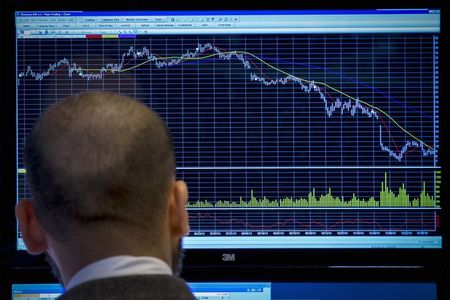BioNTech shares dip 2% on earnings and revenue miss
2024.05.06 07:10

MAINZ, Germany – Shares of BioNTech SE (NASDAQ:) fell 2.2% following the announcement of the first quarter financial results, which missed analyst expectations.
The company reported a loss per share of €1.31 ($1.421), €0.18 worse than the analyst estimate of a €1.13 loss per share. Revenue for the quarter was €187.6 million, significantly lower than the consensus estimate of €305 million and down sharply from €1,277.0 million in the same quarter last year.
The decrease in revenue is primarily attributed to the transition of COVID-19 vaccine demand to endemic levels, leading to reduced sales. Despite the revenue miss, the company maintains a strong financial position with €16.9 billion in cash, cash equivalents, and security investments.
BioNTech’s net loss of €315.1 million for the first quarter marks a significant downturn from the €502.2 million profit reported in the same period last year. The company’s cost of sales also decreased, reflecting lower vaccine sales and including the share of gross profit owed to collaboration partner Pfizer (NYSE:) and royalty expenses.
Research and development expenses increased to €507.5 million, up from €334.0 million in the prior year, due to advancing clinical studies for pipeline candidates and a rise in headcount. General and administrative expenses saw a modest increase for similar reasons.
CEO Prof. Ugur Sahin expressed optimism about the company’s pipeline, highlighting the dosing of the first patient in a Phase 3 trial for a cancer treatment and the aim to have ten or more potentially registrational trials by the end of 2024. CFO Jens Holstein emphasized the seasonal nature of COVID-19 vaccine demand and the expectation that approximately 90% of the full year’s revenues will be recognized in the latter months of 2024, predominantly in the fourth quarter.
For the full 2024 financial year, BioNTech reaffirms its revenue guidance of €2.5 billion to €3.1 billion. This forecast is based on several assumptions, including regulatory approvals, vaccine uptake, price levels, and seasonal demand variations.
This article was generated with the support of AI and reviewed by an editor. For more information see our T&C.







